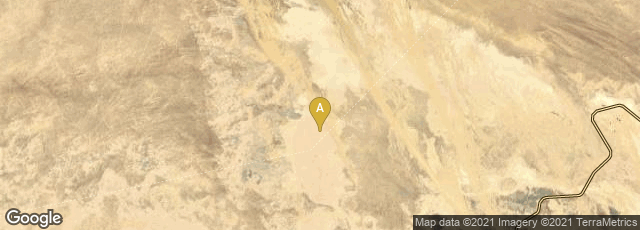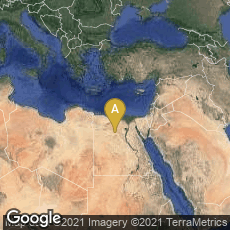

The Ramessum Onomasticon, which dates from the end of the Twentieth Dynasty of Egypt, no earlier than the reign of Ramesses IX, may be the earliest surviving record of a knowledge organization system. This document is preserved in papyri called the Onomasticon of Amenope, an onomastics compilation that began in the Middle Kingdom. The Ramessum Onomasticon is an administrative/literary categorization of 610 entities organized hierarchically, rather than a list of words (glossary). It is known from ten fragments including versions on papyrus, board, leather, and pottery. Of the nine surviving copies, that preserved in the Golénischeff papyrus is the most complete.
"The first copy of the Onomasticon of Amenope was discovered in 1890 at al-Hibah, Egypt. It was subsequently purchased in 1891 in Cairo by the Russian Egyptologist Vladimir Golenishchev. It was found in a jar together with the Report of Wenamun and the Tale of Woe.
A partial copy was found on the back side of the EA10474 papyrus available at the British Museum. It was analysed by Herbin.[5]
"Its content includes many groupings, including heavenly objects, towns, peoples, offices, buildings, types of land, agricultural produce, beverages and oxen parts. It lists several different groups of 'Sea Peoples' and Libyans, including the Danuna, Kehek, Libu, Lukka, Meshwesh, Nubians, and Sherden.
"The Onomasticon of Amenope is an important resource for scholars studying ancient Egyptian life, the pharaonic administration and court, the priesthood,[6] the history of the Sea Peoples,[7] the geography and political organization of the Levant during the late New Kingdom and Third Intermediate Period,[8] early Bible studies, etc." (Wikipedia article on Onomasticon of Amenope, accessed 01-16-2018).
Alan H. Gardiner, The Ramesseum Papyri. Oxford: Griffith Institute, 1955.
Alan H. Gardiner, Ancient Egyptian Onomastica. 3 vols. Oxford: Oxford University Press, 1947.
Thanks to Claudio Gnoli for suggesting this entry.